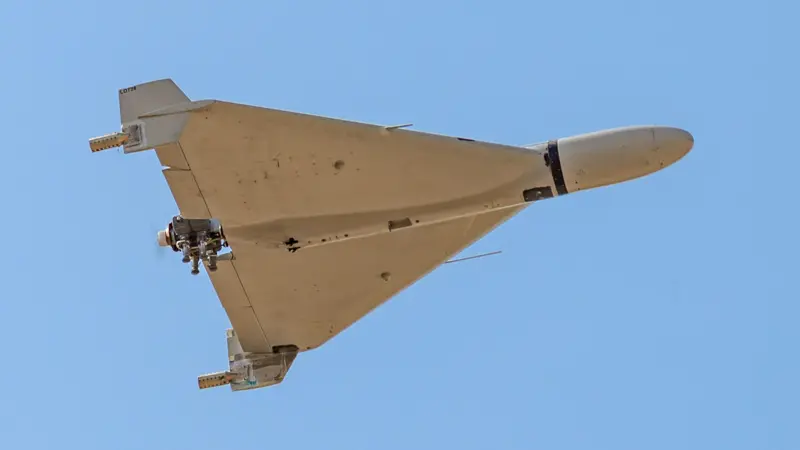Iranian ‘Fateh’ Missiles and ‘Shahed’ Drones Among the Foreign Weapons Boosting Russia’s Military Capability
-
Iranian Fateh Missiles and Shahed Drones: Strengthening Russia’s Military Capabilities
-
North Korea’s Ammunition Supply to Russia: 3 Million Artillery Shells and Short-Range Missiles
-
China’s Support: Chips, Semiconductors, and Machinery for Russia’s War Effort
-
U.S. and European Sanctions on Iran and North Korea for Supplying Russia
-
How Foreign Allies Are Helping Russia Continue Its Assault on Ukraine
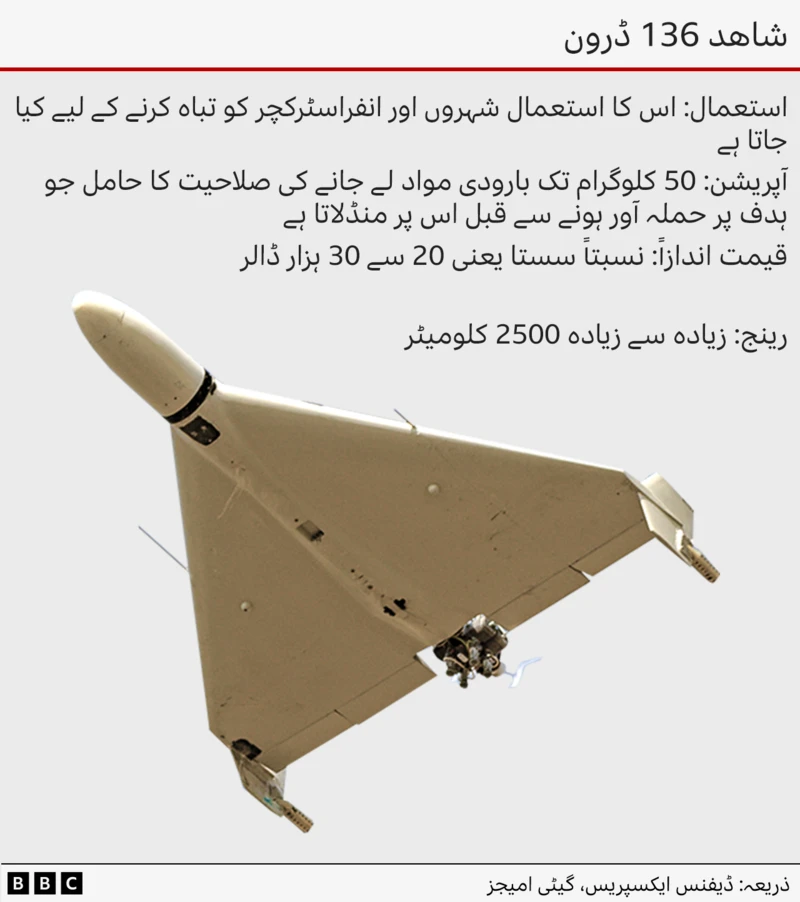
In the war against Ukraine, Russia is not only sending millions of shells to the frontlines annually but also frequently targeting civilian sites with aerial strikes.
It is commonly believed that this ammunition is being supplied to Russia by its foreign allies.
While Western countries are imposing sanctions on Russia to weaken its weapons manufacturing capabilities, nations like China, Iran, and North Korea are reportedly supplying it with arms.
Iranian Drones and Missiles
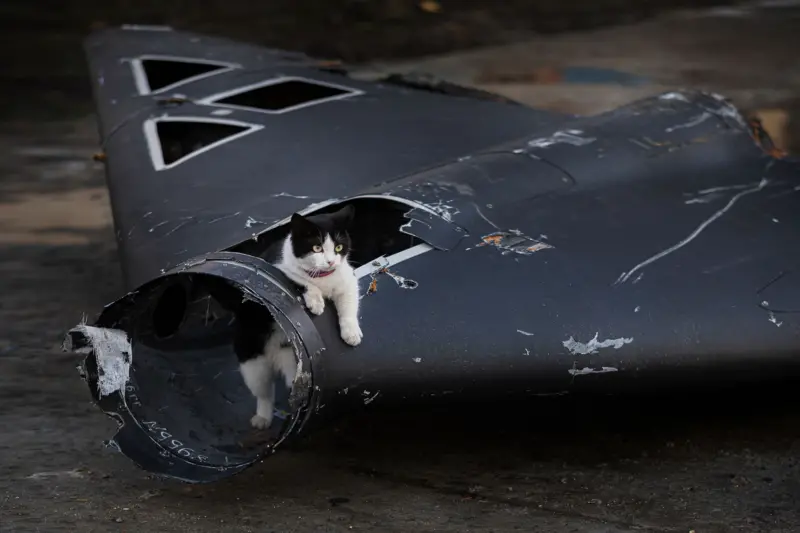
Iran has recently been accused of signing a deal to provide Russia with 200 more short-range missiles. The Fateh 360 missile has a range of up to 75 miles and can carry 150 kilograms of explosives.
U.S. intelligence has reported that dozens of Russian military personnel have been trained to fire these missiles. According to U.S. Secretary of State Antony Blinken, these missiles will be deployed against Ukraine this fall.
With the help of the Fateh 360, Russia will be able to target Ukrainian cities and power plants near its borders, while reserving its long-range missiles for central Ukraine.
Dr. Marina Miron from King’s College says that “the Fateh 360 missile is a good weapon for targeting close-range objectives. Russia does not have its own missile of this type.”
She adds that Russia might provide Iran with its military technology in exchange for these missiles.
The U.S., UK, France, and Germany have imposed fresh sanctions on Iran for supplying missiles to Russia.
Under these sanctions, Iranian aircraft will be barred from entering the UK and Europe, and the assets of individuals involved in the Russia-Iran agreement have been frozen.
Iran has repeatedly denied reports of providing Fateh 360 missiles to Russia.
Iranian ‘Shahed’ Drones
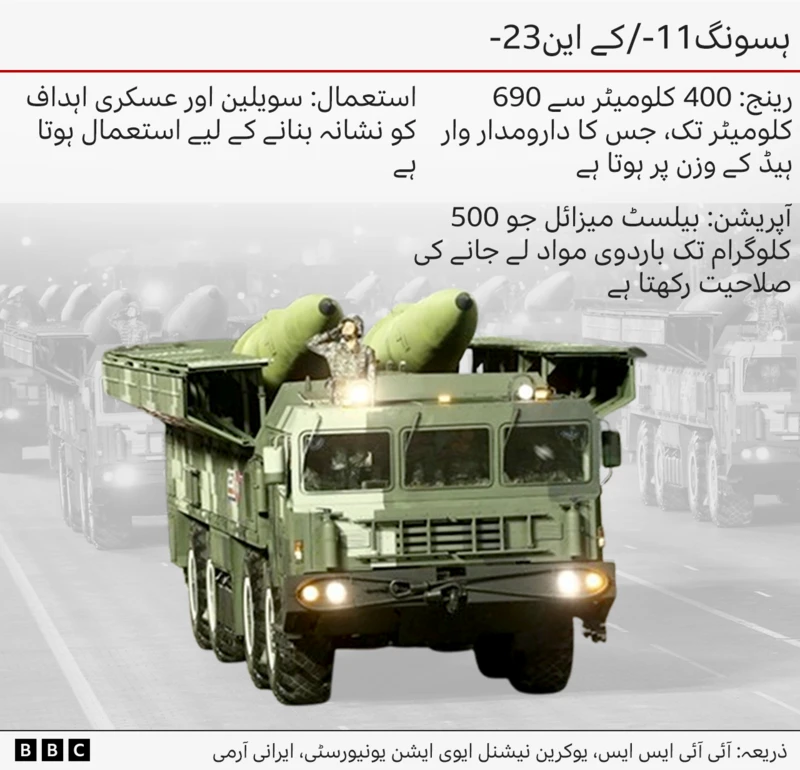
Ukrainian authorities and Western intelligence agencies have also claimed that Iran has been supplying Shahed 136 drones to Russia since 2022.
These drones can carry explosives and continue to hover over their targets until a detonation signal is received.
Russian forces often deploy these drones in swarms to overwhelm Ukrainian defense systems, allowing Russia to fire its cruise and ballistic missiles at Ukraine.
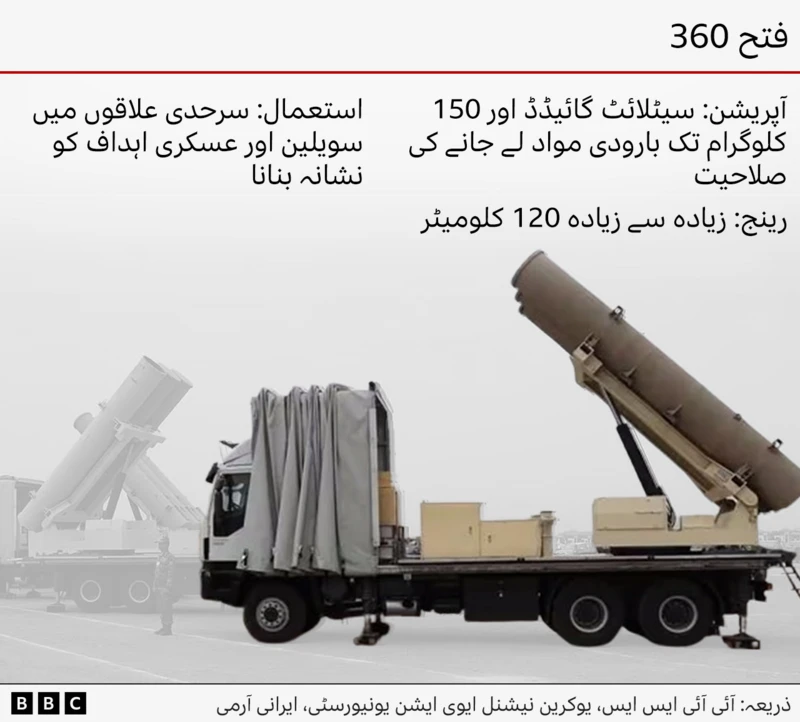
The Iranian government has stated that it supplied these drones to Russia in “small quantities” before the war.
However, the U.S. and the European Union have accused Iran of continuously providing these drones to Russia, and the EU has imposed sanctions on the individuals and companies involved in this deal.
North Korean Ammunition and Missiles
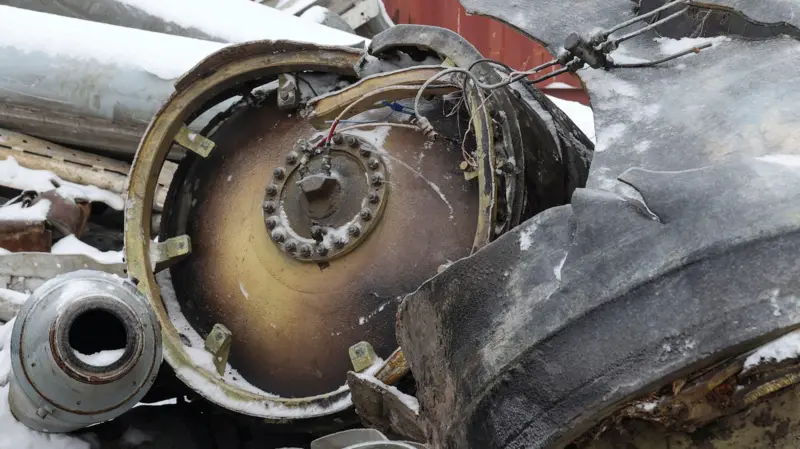
In a May 2024 report, the U.S. Defense Intelligence Agency stated that North Korea supplied Russia with 3 million artillery shells.
Artillery is the primary weapon being used by both Russian and Ukrainian forces against each other on the frontlines.
It is effective in preventing enemy forces from advancing. The UK-based think tank Royal United Services Institute has noted that Russia has a more abundant supply of artillery shells compared to Ukraine.
The think tank has said that this advantage has allowed Russia to capture large swathes of land in eastern Ukraine since the winter of 2023. In January of this year, Ukrainian intelligence officials reported finding debris from two short-range missiles, manufactured by North Korea, which had been fired at the city of Kharkiv.
Ukrainian authorities identified one of the missiles as a KN-23.
The KN-23 is a short-range ballistic missile that can hit targets at a distance of 400 to 690 kilometers and can carry a warhead weighing up to 500 kilograms.
It is worth noting that the United Nations has imposed trade sanctions on North Korea since 2006.
Ukrainian intelligence has reported that North Korea provided Russia with 50 missiles. In February 2024, the U.S. claimed in the UN Security Council that North Korean-made missiles were used in nine attacks on Ukraine.
The U.S. Defense Intelligence Agency has said that North Korea began negotiations with Russia over arms sales in the spring of 2022, and the first shipment of North Korean missiles to Russia took place in the spring of 2023.
The agency noted that Russia started using these missiles against Ukraine in January 2024.
Dr. Marina Miron explains that North Korea’s KN-23 missiles are cheaper than Russian short-range missiles like the Iskander.
KN-23 missiles are also difficult to intercept because they travel towards their targets at supersonic speeds. However, Ukrainian intelligence officials have said that several North Korean-made missiles failed to reach their targets due to electronic malfunctions.
North Korea has denied supplying weapons to Russia, and Russia has also denied receiving any North Korean arms.
Reports claim that Ukrainian intelligence officials have observed North Korean military personnel alongside Russian soldiers in the country.
According to Ukrainian newspapers, six North Korean officers were killed and three were injured in an October 3, 2024, attack on a Russian military training facility.
Similar reports had surfaced in 2023, but at the time, Russian President Vladimir Putin dismissed them as “utter nonsense.”
China and Military Components
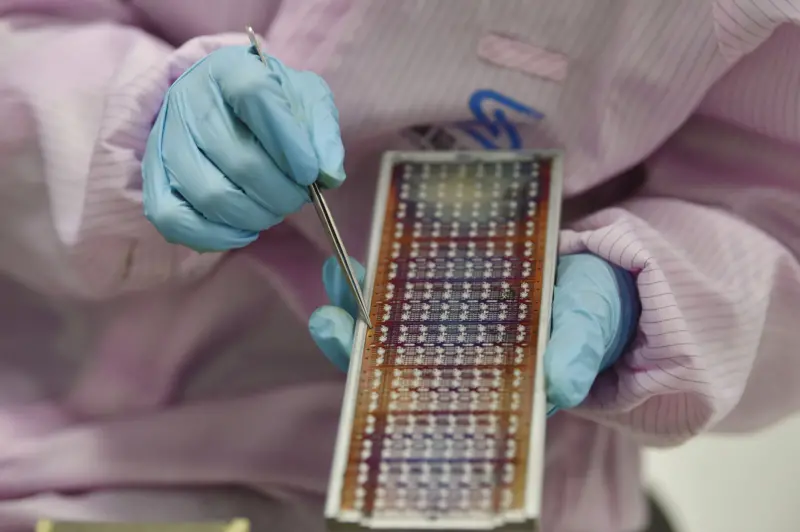
NATO leaders have accused China of “extensively supporting Russia’s defense industrial base.”
They allege that China is supplying Russia with “dual-use” computer chips, which can be used to manufacture both civilian goods and weapons.
The U.S. think tank Carnegie Endowment for International Peace (CEIP) has reported that China sends products worth $300 million to Russia each month, which are used to manufacture drones, missiles, and tanks.
The think tank claims that China provides 70% of the machinery and 90% of the chips and semiconductors used by Russia.
It further states that Russia was sourcing this equipment from Germany and the Netherlands before the Ukraine war.
China has denied helping Russia in arms manufacturing and maintains that it is a neutral party in the Ukraine war.
According to the news agency Reuters, Russia has set up a factory in China to manufacture drones called Geran-3.
However, the Chinese government has said it is unaware of any such project or factory and maintains strict control over drone exports.




